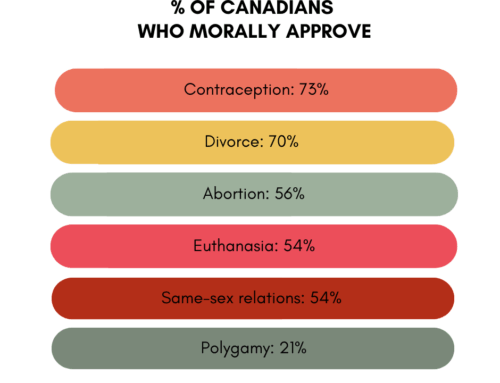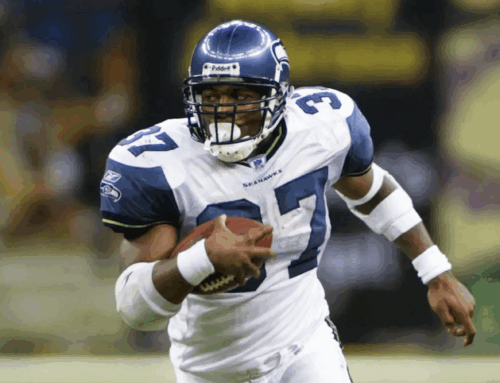 “The children are our future” is probably among the most sententious phrases you can utter in politics, a sure tell that the person using it has no plan that will immediately have an impact on the children – yours or anyone else’s – or the future. So it’s reasonable to raise an eyebrow at a book that makes some dire claims about the dim prospects of future generations if current social trends continue to create an ever-widening gulf between the working, and middle-classes.
“The children are our future” is probably among the most sententious phrases you can utter in politics, a sure tell that the person using it has no plan that will immediately have an impact on the children – yours or anyone else’s – or the future. So it’s reasonable to raise an eyebrow at a book that makes some dire claims about the dim prospects of future generations if current social trends continue to create an ever-widening gulf between the working, and middle-classes.
Robert D. Putnam’s Our Kids: The American Dream in Crisis (Simon & Schuster) begins in the author’s hometown of Port Clinton, Ohio, where he grew up in the full flush of the postwar economic boom. It was, he insists, as close to a classless society as you could see in the modern world. It was “hardly paradise,” Putnam says: “As in the rest of America at the time, minorities in Port Clinton suffered serious discrimination at the time and women were frequently marginalized…Few of us, including me, would want to return there without major reforms. But social class was not a major restraint on opportunity.”
Putnam tells the stories of fellow graduates of Port Clinton High, class of ’59, underlining the economic diversity of his classmates both in and out of the classroom, and follows their post-teen lives. There’s Don, a white working class kid who didn’t know he was poor until he took an economics course in college and ends up an ordained minister. Frank, a rich kid, became a journalist for 25 years but ends up working for his family’s business.
Jesse and Cheryl, the only two black students in the class of ’59, came to Port Clinton with families escaping racial violence in the south. Both of them were popular in school, attended college on partial scholarships, and had careers in education. Their lives were hardly unmarked by everyday racism, but they prospered nonetheless, and give credit to local white neighbours, teachers, and employers who helped them along the way.
Revisiting Port Clinton over five decades later, Putnam and his research team discovered a town now deeply divided along class lines, hollowed out after factory closures and now home to two very disparate social classes. The town’s working class is struggling now that the informal social networks and safety nets that sustained Putnam’s generation have frayed and collapsed, while a new affluent class, attracted by the town’s picturesque location on the shore of Lake Erie, have retired there or bought second homes, within commuting distance of Cleveland and Columbus.
Today, Port Clinton is home to Chelsea, who lives in a big lakeside home with her parents and brother and aims for law school once she’s finished her undergraduate degree. It’s also the home of David, whose father is in prison and whose mother is somewhere in the area, though he’s not sure where. He has a juvenile record that makes holding a job difficult and a daughter whose custody he shares with an ex-girlfriend. He’s just 20 years old.
Putnam finds stories like these to flesh out his statistics all over the United States – in Oregon and Atlanta, Orange County and Philadelphia. Under chapter headings like “Families”, “Parenting”, “Schooling” and “Community”, he describes a country where the gulf between the classes – just two, as the really rich are beyond the scope of his study – is widening as opportunities and resources are being increasingly denied to those on the bottom.
Much of the problem is fallout from the social and cultural revolutions of the last half of the previous century, which has made marriage less common as the stigma against unwed pregnancy has decreased, leaving children to be raised by one overtaxed parent (if they’re lucky) and whatever siblings might be old enough to take up the slack.
In the meantime, the more affluent class is likely to have two parents at home, and even when divorce has entered the picture, shared custody is not just typical but expected. When adversity strikes – illness, learning disabilities, bad behaviour at school – an informal network of family, friends, professionals, and paid childcare workers can be drawn upon to diminish the impact of what would be catastrophic for a poorer family.
Here, as described by Joel Kotkin in his 2014 book The New Class Conflict, this affluent class often pays lip service to liberal social trends while privately embracing classic Ozzy & Harriet parenting. Aware of the competitive marketplace and social upheaval awaiting their kids, they go one step further than the laissez-faire parenting of a generation or two previous and actively engage with their children, scheduling their extracurricular lives with zeal and involving themselves as volunteers in their schools – the dread “helicopter parent” in full flight.
It’s a grim picture Putnam paints, and his suggested solutions don’t seem up to the monumental task of turning these trends around; many of them, as in his previous book Bowling Alone, are inspired by the Progressive Era of a century ago that ushered in school reforms and community colleges. He acknowledges that we might have placed too high a premium on college degrees and “credentialism” – the “higher education bubble” warned about by Tennessee law professor and blogger Glenn Reynolds.
Social conservatives, of course, have been warning of the consequences of diminishing the importance of the traditional family for years now without much apparent heed from either side of the class gulf. But it’s the issue of education that might be the crux of the problem.
Class is an elusive phenomenon – Putnam acknowledges that it doesn’t much care about fashionable metrics like race or gender in enforcing its prerogatives – and for the purposes of his study he divides his classes by levels of education attained: undergraduate or higher for the haves, high school or less for the have-nots. For the present it’s a methodology that works, but a combination of grade inflation and an overreliance on credentials seems to be failing recent college graduates lately, and just as Putnam admits that the real effects of the growing class divide might not have made themselves felt yet, there are other social and cultural factors in play that might escape the parameters of his study.
There’s the concept of “downward mobility” – difficult to measure but real nonetheless – which sees the children of the prosperous and credentialed struggling to attain a fraction of the affluence or stability enjoyed by their parents. We’re seeing it in housing and labour markets in big cities, and in the popular clichés that have disparaged first Generation X and now the Millennials as feckless, cynical, coddled and entitled.
There’s also the possibility that the postwar boom, the golden age from which the Port Clinton High Class of ’59 emerged, was a historical, social and economic one-off, unlikely to be duplicated in our lifetimes, and therefore a misleading standard by which to measure the present or future. It’s the softly lit, cloud-obscured plateau upon which the American Dream evoked in the title of Putnam’s book finally flourished, and like most dreams, it’s one from which a rude awakening was both inevitable and, perhaps, required.




